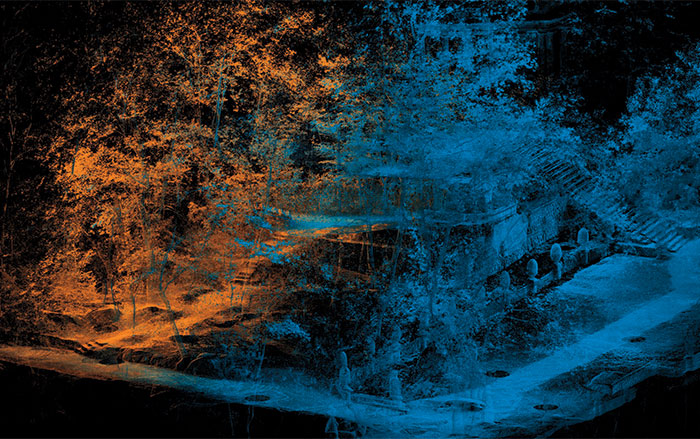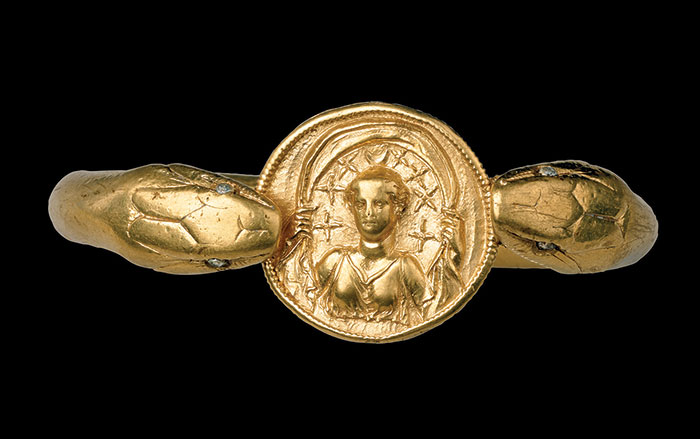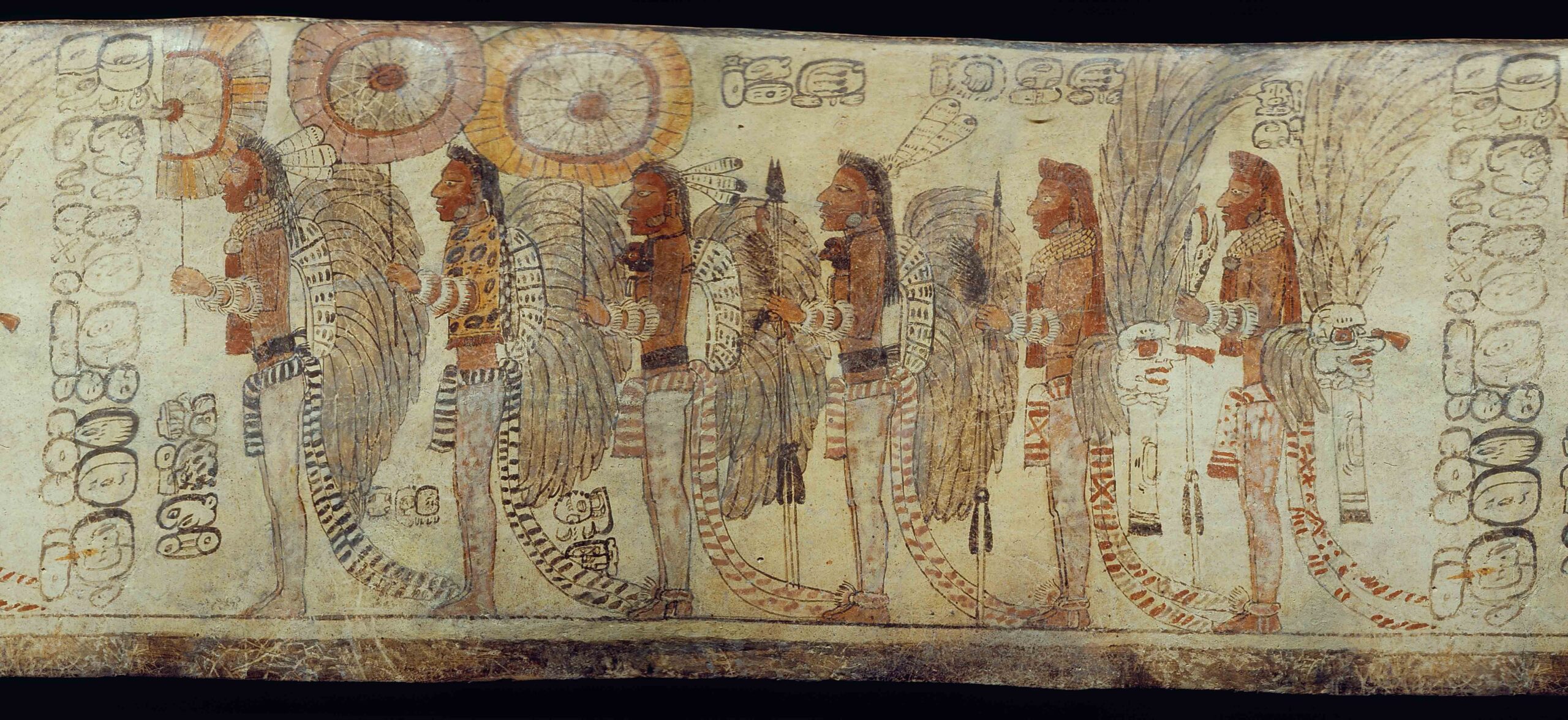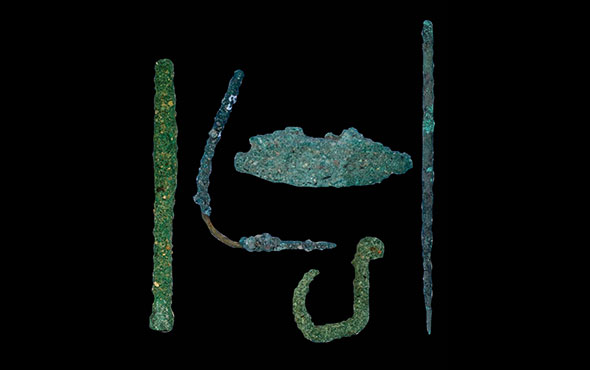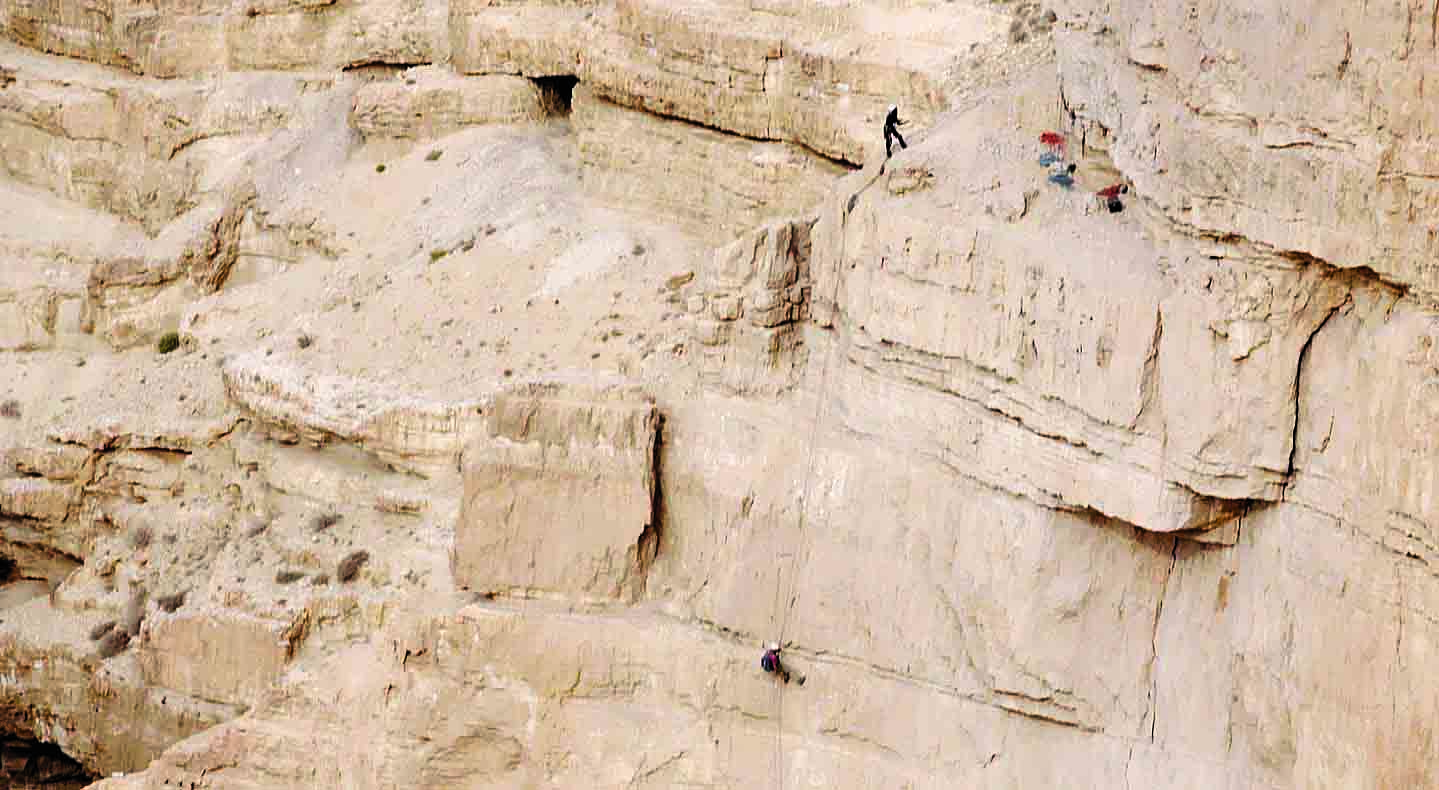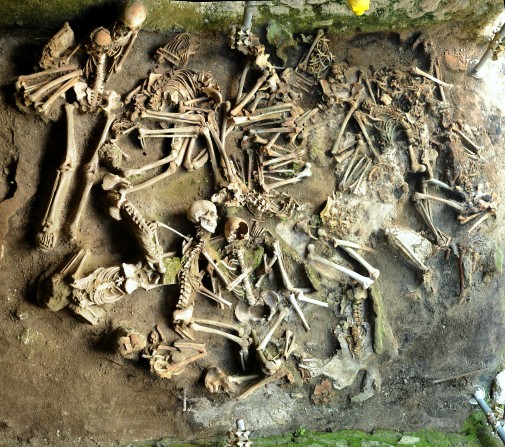
YORK, ENGLAND—Science Magazine reports that an international team of researchers analyzed well-preserved bones from the Roman seaside town of Herculaneum and found that its residents consumed a diet heavy in fish and olive oil. The bones in the study belonged to people who gathered in boathouses along the Bay of Naples when Mount Vesuvius erupted in A.D. 79, and were killed instantly by a hot blast of gas and ash. The chemical composition of the bones indicates that one quarter of the protein these people ate came from the nearby sea, and at least 12 percent of their overall calories came from olive oil. “Oil wasn’t a condiment, it was a proper ingredient,” said Silvia Soncin of Sapienza University of Rome. “They got a lot of energy out of it.” The study also suggests that women ate fewer grains and cereals than men, while men ate more kinds of fish and shellfish. This added variety in men’s diets may be a sign that they enjoyed more of their meals outside of the home, the researchers explained. Read the original scholarly article about this research in Science Advances. For more on research at Herculaneum, go to "The Charred Scrolls of Herculaneum."



